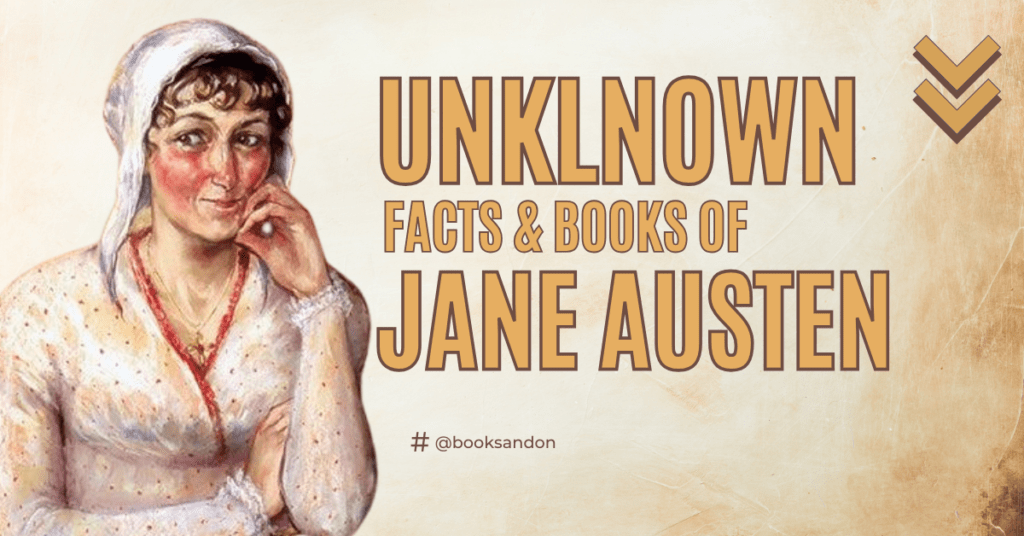Introduction
Imagine a world where wit meets romance, social commentary intertwines with heartfelt emotion, and timeless characters leap off the page. 📚✨ Welcome to the enchanting realm of Jane Austen books! Whether you’re a devoted Austenite or a curious newcomer, prepare to be captivated by the enduring charm of one of literature’s most beloved authors.
Are you yearning for a literary escape that combines razor-sharp social observations with swoon-worthy romance? Look no further than Jane Austen’s masterful works. From the spirited Elizabeth Bennet to the enigmatic Mr. Darcy, Austen’s characters have stolen hearts for generations. But there’s so much more to discover beyond the well-known favorites. Join us as we explore the depth, wit, and lasting impact of Jane Austen’s literary legacy, from her most popular novels to her hidden gems.
In this journey through Austen’s world, we’ll delve into her most celebrated works, unravel the recurring themes that make her stories resonate across centuries, and examine the unique writing style that set her apart from her contemporaries. We’ll also uncover how her books have shaped literature and continue to influence modern storytelling. So, grab your tea and settle in as we embark on a delightful exploration of Jane Austen’s remarkable literary universe!
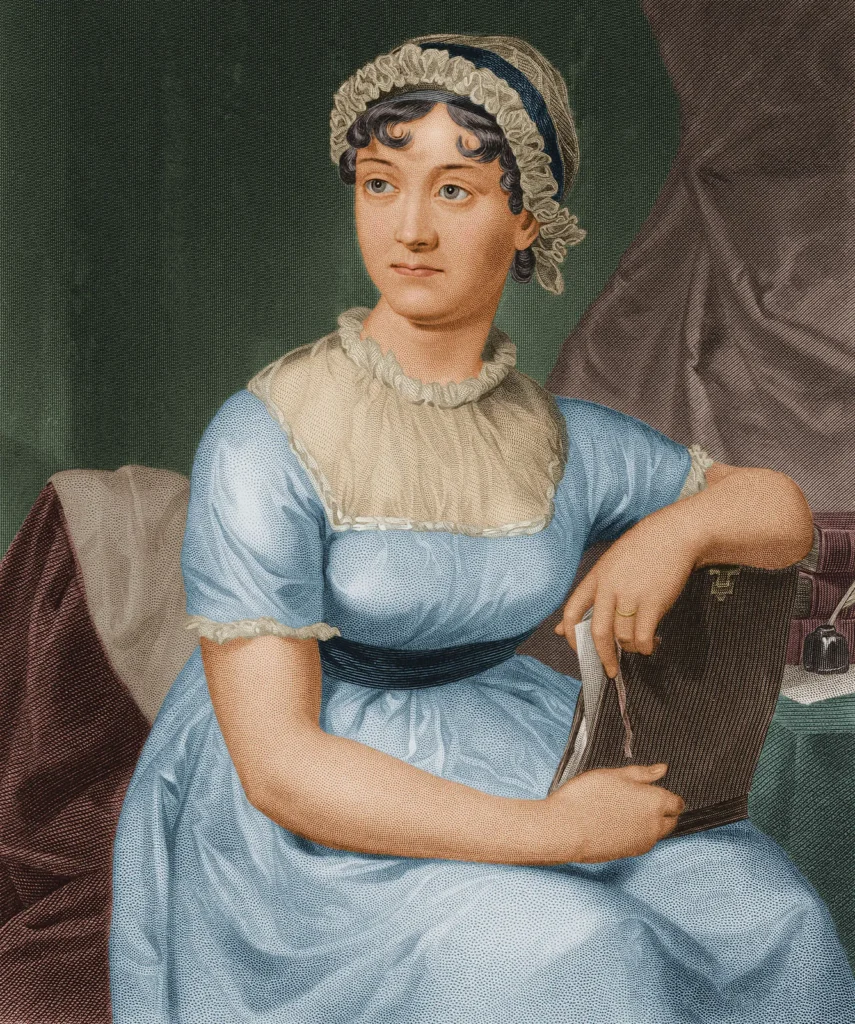
Jane Austen’s Most Popular Novels
A. Pride and Prejudice: A Timeless Romance
Pride and Prejudice, published in 1813, stands as Jane Austen’s most beloved novel. This captivating story of Elizabeth Bennet and Mr. Darcy has enchanted readers for generations with its witty dialogue, complex characters, and insightful social commentary.
Key elements that contribute to its enduring popularity:
- Memorable characters
- Sparkling dialogue
- Social critique
- Universal themes
The novel’s exploration of love, class, and personal growth resonates with readers across time and cultures. Austen’s masterful characterization brings the Bennet family and their acquaintances to life, making them feel like old friends to the reader.
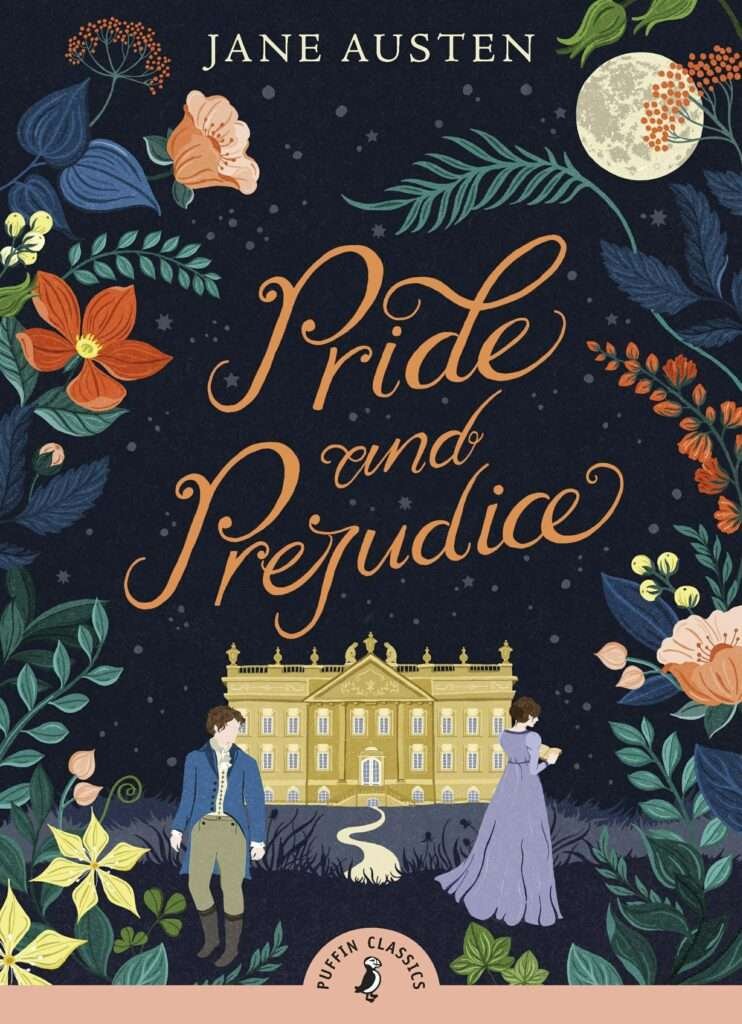
B. Sense and Sensibility: Exploring Reason and Emotion
Austen’s first published novel, Sense and Sensibility (1811), delves into the contrasting personalities of the Dashwood sisters, Elinor and Marianne. This story examines the balance between rational thought and emotional expression in matters of love and life.
| Character | Represents | Approach to Life |
| Elinor | Sense | Practical, reserved |
| Marianne | Sensibility | Passionate, impulsive |
The novel’s exploration of these opposing traits offers readers a nuanced look at human nature and the complexities of relationships. Austen’s ability to weave humor and social commentary into the narrative adds depth to this compelling tale of sisterhood and romance.
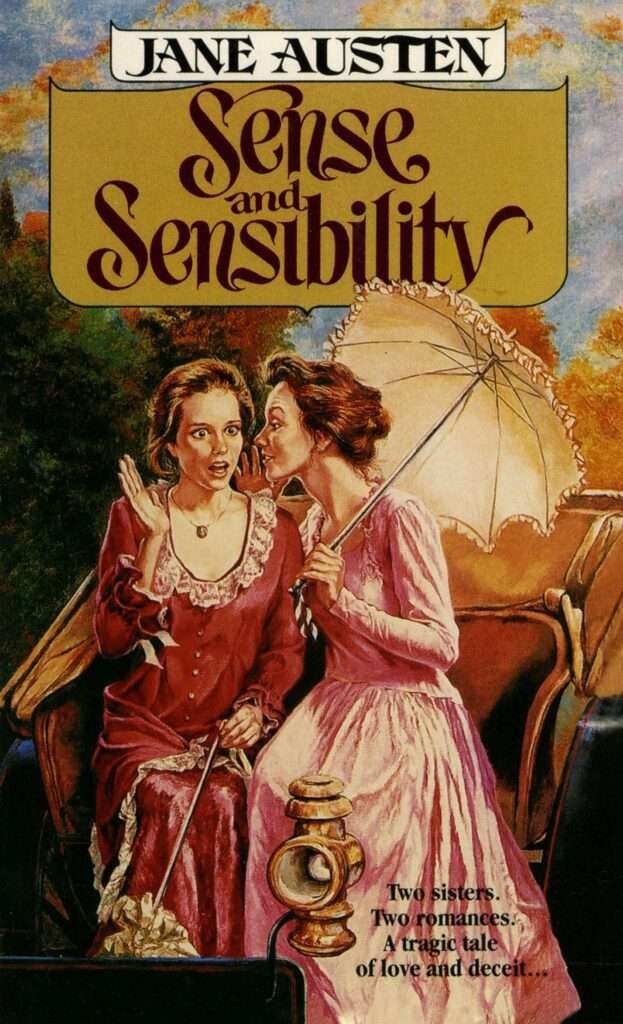
C. Emma: A Witty Tale of Matchmaking
Emma, published in 1815, showcases Austen’s mastery of character development and social satire. The story follows the charming but misguided Emma Woodhouse as she meddles in the romantic affairs of her friends and neighbors.
What sets Emma apart:
- A flawed but likable protagonist
- Clever plot twists
- Rich supporting characters
- Subtle humor and irony
Austen’s skillful portrayal of Emma’s growth and self-realization makes this novel a favorite among readers who appreciate character-driven narratives. The book’s exploration of social class and the dangers of self-deception adds layers of meaning to its entertaining plot.
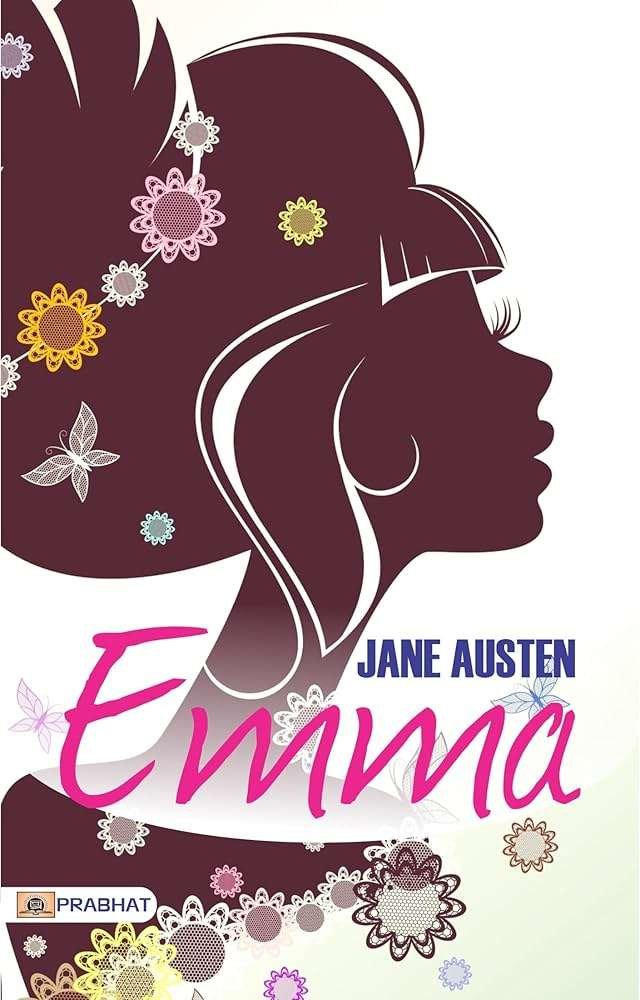
D. Persuasion: Second Chances and Mature Love
Persuasion, Austen’s final completed novel published posthumously in 1817, offers a more subdued and reflective tone compared to her earlier works. The story of Anne Elliot and Captain Wentworth’s rekindled romance explores themes of lost love, second chances, and the wisdom that comes with age.
Notable aspects of Persuasion:
- Older protagonists
- Themes of loyalty and constancy
- Critique of social obligations
- Nuanced character development
The novel’s poignant exploration of regret and redemption resonates with readers who appreciate a more mature perspective on love and relationships. Austen’s subtle commentary on the changing social landscape of Regency England adds historical richness to this deeply moving tale.
Now that we’ve explored Jane Austen’s most popular novels, let’s delve into the recurring themes that make her works so universally appealing and timeless.
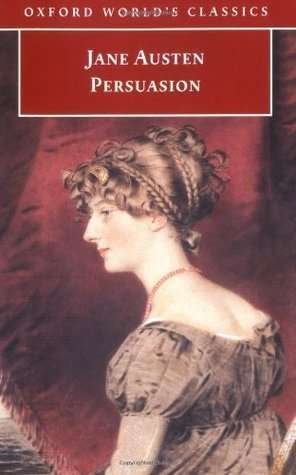
Themes in Jane Austen’s Works
Now that we’ve explored Jane Austen’s most popular novels, let’s delve into the recurring themes that make her works timeless and universally appealing.
Social Class and Status
Jane Austen’s keen observations of social hierarchies are central to her narratives. Her characters navigate a world where class distinctions significantly influence their lives and relationships. Austen often uses these social structures to:
- Highlight societal inequalities
- Explore the tension between personal desires and social expectations
- Critique the rigidity of class boundaries
For example, in “Pride and Prejudice,” the contrast between the Bennet family and Mr. Darcy’s social circle drives much of the plot and character development.
Marriage and Love
Perhaps the most prominent theme in Austen’s works is the interplay between marriage and love. She explores:
- The economic necessity of marriage for women
- The conflict between marrying for love versus social advancement
- The challenges of finding a compatible partner in a socially restrictive environment
| Novel | Marriage Theme |
| Pride and Prejudice | Balancing love and practicality |
| Sense and Sensibility | Contrasting passionate and pragmatic approaches to love |
| Emma | Matchmaking and self-discovery in love |
Women’s Role in Society
Austen’s novels provide a nuanced portrayal of women’s lives in Regency-era England. She addresses:
- Limited opportunities for women outside of marriage
- The importance of education and accomplishments for young women
- The power dynamics between men and women in society
Through characters like Elizabeth Bennet and Emma Woodhouse, Austen presents strong-willed women who challenge societal norms while still operating within their constraints.
Morality and Virtue
Moral development is a crucial aspect of Austen’s character arcs. She explores:
- The importance of integrity and honesty
- The consequences of poor judgment and moral failings
- The role of self-reflection in personal growth
Characters often face moral dilemmas that test their principles and lead to personal growth, as seen in Emma’s journey of self-awareness and Marianne’s maturation in “Sense and Sensibility.”
Wit and Irony
Austen’s signature wit and irony serve as both literary devices and thematic elements:
- Satirizing societal norms and expectations
- Revealing character flaws and hypocrisies
- Providing social commentary on the manners and morals of her time
Her use of free indirect discourse allows readers to experience characters’ thoughts directly, often highlighting the gap between their perceptions and reality.
These interconnected themes create a rich tapestry in Austen’s novels, offering insights into human nature that remain relevant today. As we move forward, we’ll examine how Austen’s distinctive writing style brings these themes to life, captivating readers for generations.
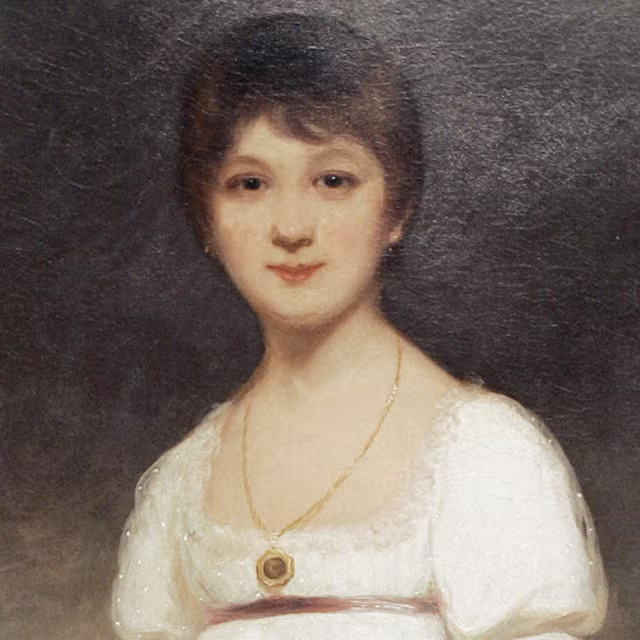
Jane Austen’s Writing Style
Now that we’ve explored the themes in Jane Austen’s works, let’s delve into the distinctive writing style that made her novels timeless classics.
Free Indirect Speech
Jane Austen was a pioneer in using free indirect speech, a narrative technique that blends the narrator’s voice with the character’s thoughts. This innovative approach allows readers to experience the story through the character’s perspective while maintaining the third-person narrative.
| Traditional Narration | Free Indirect Speech |
| “Emma thought she was right.” | “She was right, Emma knew.” |
| “Elizabeth wondered if Mr. Darcy would come.” | “Would Mr. Darcy come? Elizabeth could not be sure.” |
This technique creates a more intimate connection between the reader and the characters, enhancing the emotional depth of Austen’s stories.
Character Development
Austen’s character development is renowned for its complexity and realism. She crafts multifaceted personalities that evolve throughout the narrative, often challenging the reader’s initial impressions. Her characters are:
- Flawed but relatable
- Products of their social environment
- Capable of growth and self-reflection
For example, in “Pride and Prejudice,” both Elizabeth Bennet and Mr. Darcy undergo significant character arcs, learning from their mistakes and overcoming their prejudices.
Social Commentary
One of the most striking aspects of Austen’s writing style is her sharp social commentary. She cleverly weaves critiques of 19th-century English society into her narratives, addressing issues such as:
- Class distinctions
- Gender roles and expectations
- Marriage and economic dependence
Austen’s observations are subtle yet poignant, often delivered through the interactions and dialogues of her characters. This approach allows her to highlight societal flaws without resorting to heavy-handed moralizing.
Use of Irony and Humor
Austen’s wit shines through her masterful use of irony and humor. Her writing is peppered with:
- Satirical observations
- Clever wordplay
- Comical situations arising from misunderstandings
These elements not only entertain but also serve to underscore her social commentary. Austen’s humor ranges from gentle teasing to biting sarcasm, often revealing the absurdities of social conventions and human behavior.
For instance, the opening line of “Pride and Prejudice” – “It is a truth universally acknowledged, that a single man in possession of a good fortune, must be in want of a wife” – perfectly exemplifies Austen’s ironic tone and sets the stage for the novel’s exploration of marriage and social expectations.
Austen’s unique writing style, combining free indirect speech, nuanced character development, incisive social commentary, and wit, has captivated readers for generations. Her ability to balance entertainment with meaningful insights into human nature and society continues to influence literature today.

Impact of Jane Austen’s Books on Literature
Influence on the Novel Genre
Jane Austen’s impact on the novel genre is profound and far-reaching. Her works revolutionized the way stories were told, introducing a new level of psychological depth and social commentary. Austen’s novels broke away from the melodramatic Gothic fiction popular in her time, instead focusing on realistic portrayals of everyday life and relationships.
Key innovations in Austen’s approach to novel writing include:
- Free indirect discourse
- Subtle irony and social satire
- Complex character development
- Exploration of domestic life
| Austen’s Innovation | Impact on Novel Genre |
| Free indirect discourse | Enhanced character insight |
| Social satire | Critique of societal norms |
| Complex characters | More realistic portrayals |
| Domestic focus | Elevation of everyday life |
These elements have become staples of modern literature, influencing countless authors across generations.
Enduring Popularity and Adaptations
The enduring popularity of Jane Austen’s works is a testament to their timeless appeal. Her novels have never gone out of print and continue to captivate readers worldwide. This lasting impact is evident in the numerous adaptations across various media:
- Film adaptations (e.g., “Pride and Prejudice” 2005)
- Television series (e.g., “Emma” 2020)
- Modern retellings (e.g., “Bridget Jones’s Diary”)
- Web series (e.g., “The Lizzie Bennet Diaries”)
- Stage productions and musicals
These adaptations have introduced Austen’s works to new generations, ensuring their continued relevance in popular culture. The universal themes of love, marriage, and social dynamics in her books resonate with audiences across different eras and cultures.
Feminist Interpretations
Jane Austen’s novels have been subject to various feminist interpretations, highlighting her subtle critique of patriarchal society and the limited options available to women in her time. While not overtly political, Austen’s works provide insightful commentary on women’s social and economic positions.
Feminist scholars have noted several aspects of Austen’s writing that support these interpretations:
- Strong female protagonists with agency
- Critique of marriage as an economic necessity for women
- Exploration of female friendships and solidarity
- Subtle subversion of gender roles and expectations
Austen’s portrayal of intelligent, witty heroines who navigate societal constraints while maintaining their integrity has inspired generations of readers and writers. Her works continue to be analyzed through feminist lenses, revealing new layers of meaning and relevance to contemporary discussions on gender equality.
The impact of Jane Austen’s books on literature extends far beyond her own time, influencing the development of the novel as an art form, maintaining popularity through various adaptations, and providing rich material for feminist literary criticism. As we explore her lesser-known works, we’ll see how even her less famous writings contribute to her enduring legacy in the literary world.
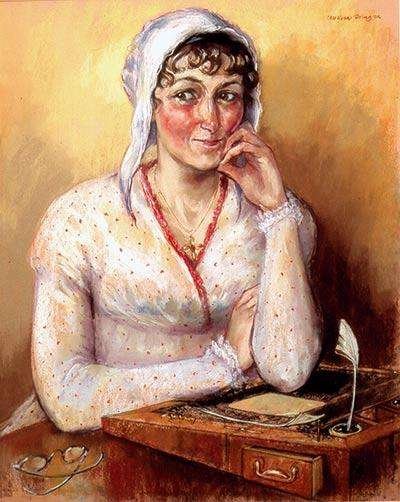
Lesser-Known Jane Austen Works | Jane Austen BooksLesser-Known Jane Austen Works
Now that we’ve explored Jane Austen’s most famous works, let’s delve into some of her lesser-known but equally intriguing novels and unfinished pieces.
Northanger Abbey: Gothic Parody | Jane Austen Books
Northanger Abbey stands out among Jane Austen’s works as a clever parody of Gothic fiction. This novel showcases Austen’s wit and satirical prowess, poking fun at the melodramatic tropes popular in her time. The protagonist, Catherine Morland, is a naive young woman whose overactive imagination, fueled by Gothic novels, leads her to suspect sinister happenings at Northanger Abbey.
Key features of Northanger Abbey:
- Satirical take on Gothic literature
- Commentary on the power of imagination
- Exploration of the relationship between fiction and reality
Mansfield Park: Morality and Social Critique | Jane Austen Books
Mansfield Park is perhaps Austen’s most controversial novel, tackling complex themes of morality and social hierarchy. The story follows Fanny Price, a timid and principled young woman living with her wealthy relatives. Through Fanny’s experiences, Austen offers a nuanced critique of early 19th-century English society.
Notable aspects of Mansfield Park:
- Exploration of social class and mobility
- Examination of moral integrity versus social expectations
- Subtle commentary on colonialism and slavery
Lady Susan: Epistolary Novella | Jane Austen Books
Lady Susan is a unique entry in Austen’s repertoire, written entirely in the form of letters. This short novel centers around the machinations of the charming but manipulative Lady Susan Vernon. Unlike Austen’s other heroines, Lady Susan is an antihero, offering readers a different perspective on societal norms and expectations.
Distinctive features of Lady Susan:
- Epistolary format (written as a series of letters)
- Morally ambiguous protagonist
- Exploration of marriage, reputation, and social maneuvering
Unfinished Works: Sanditon and The Watsons | Jane Austen Books
Austen left behind two unfinished novels, Sanditon and The Watsons, which offer fascinating glimpses into her evolving writing style and themes.
| Work | Key Features | Themes |
| Sanditon | Set in a seaside resort town | Modernization, speculation, hypochondria |
| The Watsons | Focus on a family’s financial struggles | Social class, marriage prospects |
These incomplete works provide valuable insights into Austen’s creative process and the directions her writing might have taken had she lived longer.
As we conclude our exploration of Jane Austen’s lesser-known works, it’s clear that her literary genius extended far beyond her most famous novels. These works showcase her versatility as a writer, her keen social observations, and her ability to experiment with different narrative styles and themes. While they may not be as widely read as “Pride and Prejudice” or “Emma,” they offer equally rich and rewarding reading experiences for Austen enthusiasts and newcomers alike.
Conclusion | Jane Austen Books
Jane Austen’s enduring legacy in the world of literature is a testament to her extraordinary talent and insight into human nature. Her novels continue to captivate readers across generations, offering timeless lessons on love, society, and personal growth. Let’s recap the key points we’ve discussed about Jane Austen’s works and their significance:
Key Takeaways from Jane Austen’s Literary Contributions | Jane Austen Books
- Timeless Themes: Austen’s exploration of universal themes such as love, marriage, social class, and personal development resonates with readers today as much as it did in the 19th century.
- Masterful Writing Style: Her unique blend of irony, wit, and social commentary set her apart as a literary genius, influencing countless authors in the centuries since.
- Character Development: Austen’s ability to create complex, relatable characters has made her novels a rich source for character analysis and interpretation.
- Historical and Cultural Significance: Her works provide valuable insights into the social norms and expectations of Regency-era England.
Impact on Literature and Popular Culture | Jane Austen Books
Jane Austen’s influence extends far beyond the realm of classic literature:
- Adaptations: Numerous film, television, and stage adaptations have brought her stories to new audiences.
- Modern Retellings: Contemporary authors continue to draw inspiration from Austen’s plots and themes, creating modern retellings of her classic tales.
- Academic Study: Austen’s works are a staple in literature courses, inspiring scholarly research and analysis.
Comparison of Jane Austen’s Major Works | Jane Austen Books
| Novel | Year Published | Key Themes | Notable Characters |
| Pride and Prejudice | 1813 | Love, Marriage, Social Class | Elizabeth Bennet, Mr. Darcy |
| Sense and Sensibility | 1811 | Emotion vs. Reason, Family | Elinor and Marianne Dashwood |
| Emma | 1815 | Self-discovery, Matchmaking | Emma Woodhouse, Mr. Knightley |
| Persuasion | 1818 | Second Chances, Loyalty | Anne Elliot, Captain Wentworth |
| Mansfield Park | 1814 | Morality, Social Mobility | Fanny Price, Edmund Bertram |
Jane Austen’s literary legacy is a testament to the power of well-crafted storytelling and astute social observation. Her ability to blend romance with social commentary, create memorable characters, and offer timeless insights into human nature ensures that her works will continue to be cherished by readers for generations to come. As we’ve explored her most popular novels, examined her unique writing style, and considered her impact on literature, it’s clear that Jane Austen’s contribution to the literary world is both profound and enduring.
Jane Austen’s novels have left an indelible mark on the literary world, captivating readers for generations with their witty social commentary, complex characters, and timeless themes. From her most popular works like “Pride and Prejudice” and “Emma” to lesser-known gems such as “Northanger Abbey” and “Persuasion,” Austen’s writing style and keen observations of human nature continue to resonate with audiences today.
As we reflect on Austen’s enduring legacy, it’s clear that her books offer more than just romantic tales. They provide a window into the social norms and expectations of Regency-era England while addressing universal themes of love, class, and personal growth. Whether you’re a longtime fan or new to Austen’s works, exploring her novels is a journey that promises both entertainment and insight into the human condition.
Check Out The Sources
Check Out More

